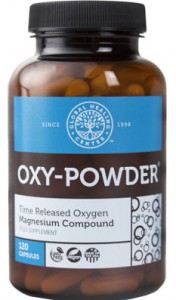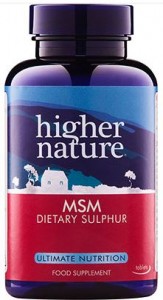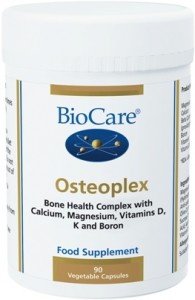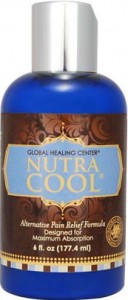Surely all of us know when we’re done in at the end of the day and it’s time for bed. But what if a good night’s sleep isn’t enough? What if, despite however many hours’ slumber you get several nights in a row, you still feel shattered? Well, if that’s the case, you’ll be suffering from chronic fatigue – and there’s definitely something wrong.
That’s because the production and use of energy in the body depends on cellular function – which, in turn, requires the consumption, absorption and transformation of vitamins and minerals – thus suggesting all’s not well in your cells. In fact, when your cells are struggling to produce the energy they ought to be, they can become damaged and die, leaving you low on energy yourself.
So what’s causing the problem? There can be several reasons for constant depleted energy – anything from thyroid or adrenal issues to parasites in your digestive system or candida overgrowth to deficiencies in Vitamin B12, chromium, magnesium or iron.
There is hope, however. The following body-enriching activities are highly advised. They’re all excellent – and, many of them, necessary for – boosting energy and helping to keep your mind sharp:
- Exercise
- Maintaining a natural, organic diet
- Hydration through drinking water
- Regular cleansing of the colon and liver
- Keeping your hormones balanced
- Massaging your muscles and body.
Not the best ideas for boosting energy
Conversely, they are a few died-in-the-wool, not so good methods many of us fall back on to supposedly boost our energy levels. Yes, we’re talking the ‘essential’ morning coffee and energy drinks here. Now, while the caffeine and sugar of coffee and energy drinks work as stimulants to ‘wake you up’, the effect is always short-term and will eventually lead to an energy crash. Moreover, caffeine is a powerful drug that results in dependence and puts stresses on the body’s adrenal glands and its endocrine system. When it comes down to it both these so-called energy boosters are mostly nutritionally deficient.
Better ideas for boosting energy
So, for a more effective, less harmful dietary-based energy boost, you’d do better focusing on getting more of these nutrients:
Vitamin B12
You really can’t overstate how much the body needs Vitamin B12. Without it, cellular energy creation (alternatively referred to as the ‘citric acid cycle’ or ‘Kreb’s cycle’) simply wouldn’t take place. The drawback for the body, though, is that it can’t create the vitamin itself – it must draw it from dietary intake. To wit, great natural sources for B12 are red meat, dairy, mussels and clams.
Chromium
Especially helpful in the transfer of glucose from the bloodstream to cells in order to transform proteins, carbohydrates and fats into energy, chromium occurs in a variety of different foods including fresh fruits and vegetables, potatoes (not least their skins), whole-grain breads and cereals, meats, cheeses and spices. Moreover, consuming hard tap water and using stainless-steel cookware can increase your chromium intake.
Iodine
Important in the body’s regulation of hormones, iodine is used by the thyroid to form triiodothyronine (T3) and thyroxine (T4), a pair of hormones that are crucial in normalising the levels of other hormones. In general, hormones are critical for keeping the body’s metabolism working efficiently and ensuring energy creation. For dietary sources of iodine, look to seafood and sea vegetables like dulse seaweed and wakame, as well as dark leafy greens.
Iron
Essential for the transportation of oxygen in your blood to tissues and organs, iron helps cells make energy by ensuring the oxygen they need reaches them. Traditionally, red meat was considered a good source for iron, but many people tend to consume less of it nowadays owing to its negative effect on cholesterol levels and heart-health. It’s true that certain fruits and vegetables (including broccoli, spinach, prunes and beans) also comprise iron, but at lower levels, hence why vegetarians can sometimes suffer from iron deficiency without realising it – as well as non-vegetarians who don’t eat red meat, of course.
Magnesium
Necessary to ensure cells activate adenosine triphosphate (ATP – the so-called ‘molecular unit of currency of intracellular energy transfer’), magnesium’s another hugely important mineral.Indeed, it was discovered in a recent study that for postmenopausal women, low magnesium levels directly correlate with low energy and can make completing basic physical tasks difficult1. When it comes to your diet it’s best to get your magnesium fill from spinach, almonds, sesame and pumpkin seeds, avocados and quinoa.
Supplements
Unfortunately, for different reasons, people aren’t always able to get the above minerals from their diets alone (in the manner of non-red-meat-eaters missing out on iron). In which case, a good substitute for energy boosters can be supplementation – and the following supplements are all available via The Finchley Clinic:
Awake Food 60s (60 capsules) – designed specifically to drive up the body’s energy levels and improve the mind’s alertness, this supplement’s formula contains B Complex vitamins (not just B12, but also B3, B5 and B6), three forms of ginseng and reishi mushroom
Body Balance (powder/ 420g) – supports a healthy metabolism by combining chromium, conjugated linoleic acid (CLA), L-carnitine and high-quality whey protein to boost blood glucose and energy levels
Drive! (180, 90 and 30 capsules) – provides a combination of different nutrients to increase energy levels and help balance brain chemistry, including Vitamins B12, B3 and C, tyrosine, iron, magnesium, zinc, copper, manganese and folic acid
Green Magma (Barley Grass Powder) – a staple food of several different civilisations for thousands of years, green barley grass has been popular for so long because of its energising and anti-ageing properties, which isn’t surprising given it contains Vitamins C, B1, B2, B3, B5, B6 and B12, as well as at least 50 minerals including calcium, magnesium, iron and chromium; available as a 10-day trial pack in 300g, 150g and 80g packs and in tablet form (250).
Reference:
- Garrido-Maraver J., Cordero M. D., Oropesa-Avila M. et al. ‘Clinical applications of coenzyme Q10’. Front Biosci (Landmark Ed). Jan 1 2014. 19: 619-33.

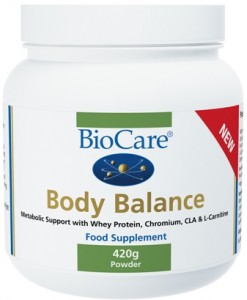
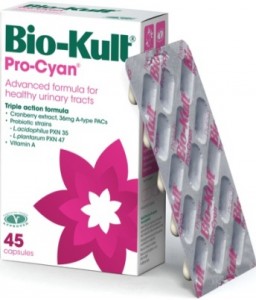
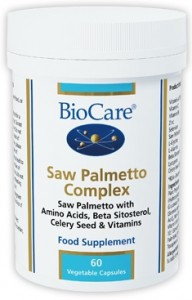
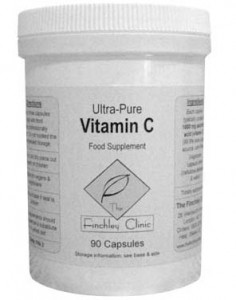
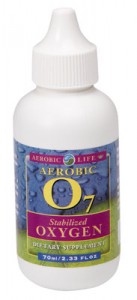

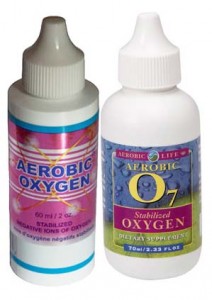
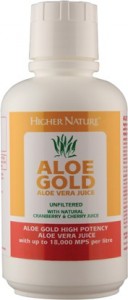
 We’ll keep this one brief. We’ve got up to 70% off on a number of clearance items (due to short expiry dates) in our summer sale. The full list is found
We’ll keep this one brief. We’ve got up to 70% off on a number of clearance items (due to short expiry dates) in our summer sale. The full list is found 